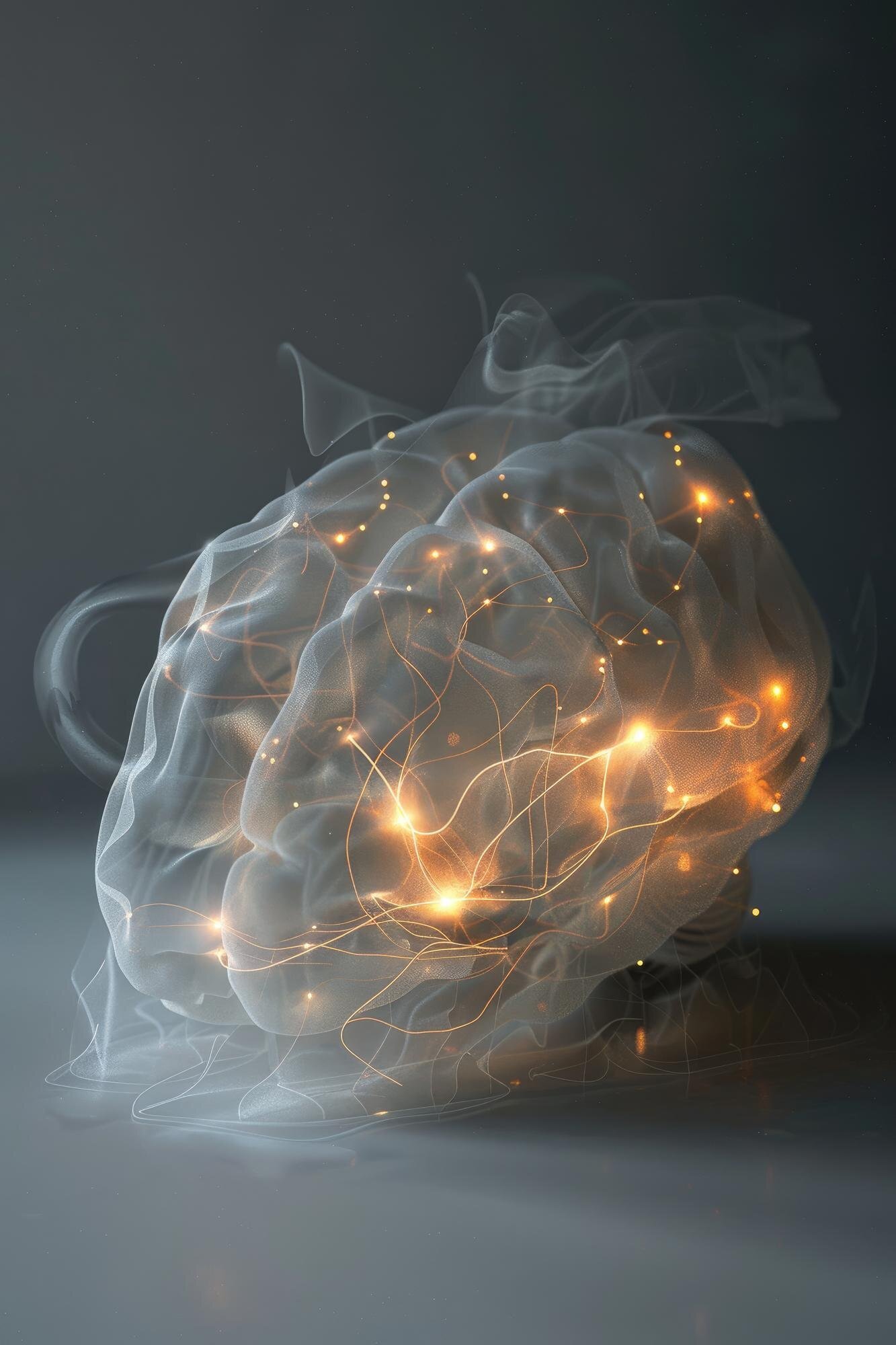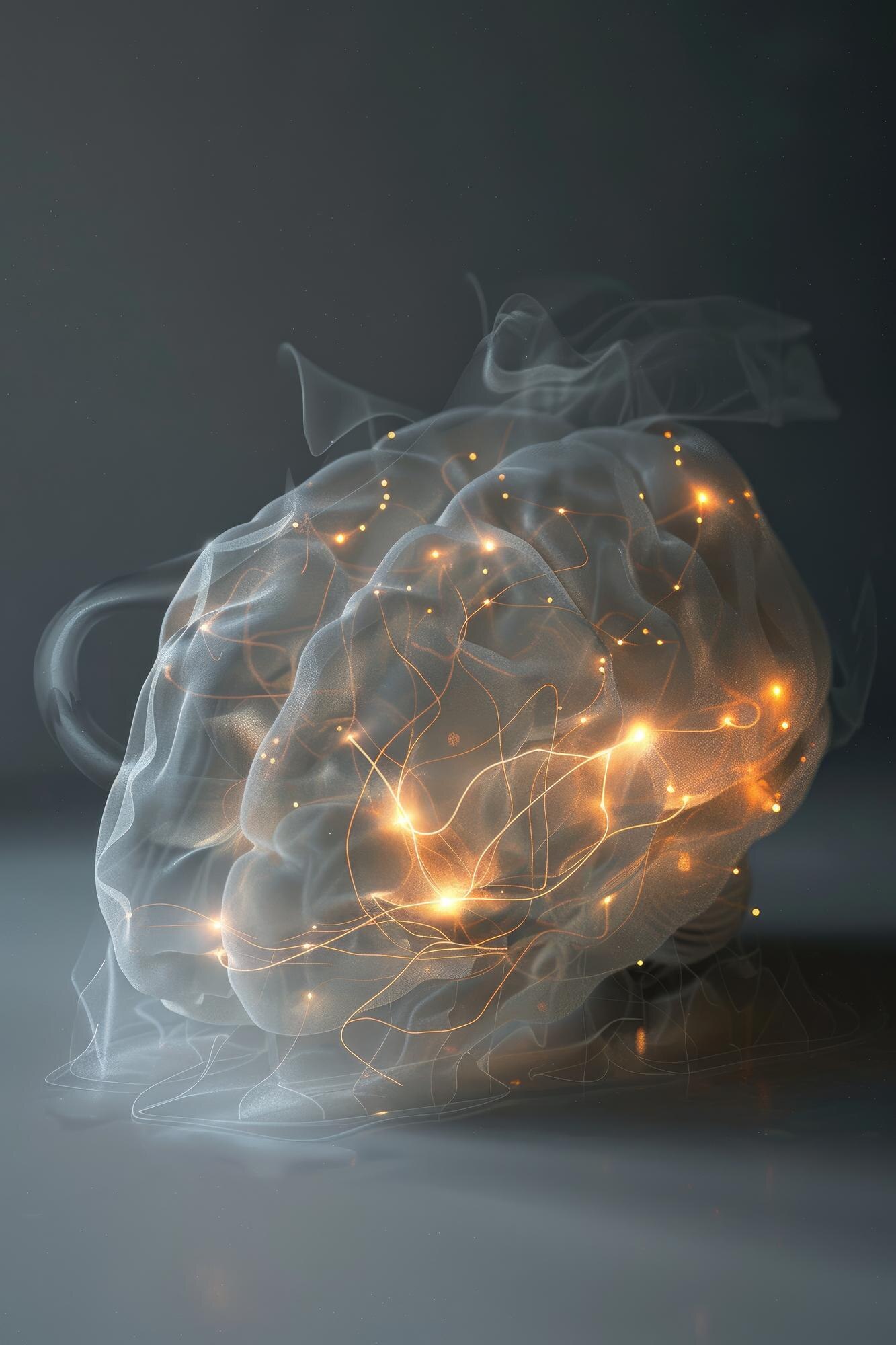
The Science Behind Compulsive Behaviors: Understanding Your Brain’s Survival Mechanism
You’re not broken. You’re emotionally overwhelmed. Imagine a life where compulsive behaviors no longer control you. Your brain’s survival mechanism might be behind these patterns, but that doesn’t mean you’re stuck. This is how emotional pain shows up—but you can change it. Unravel the science behind your compulsions and discover how you can heal your life. Emotional liberation is within reach. Ready to reclaim your power and find lasting emotional freedom? Let’s explore how you can break free, starting today.
Neuroscience of Compulsive Behaviors

Understanding the science behind compulsive behaviors is crucial to tackling them effectively. The brain’s survival mechanism is a key player in these patterns, often manifesting as emotional pain and compulsions. Let’s delve into the neuroscience to see how these elements intertwine.
Brain’s Survival Mechanism
The brain’s survival mechanism is designed to protect us from perceived threats. When this system becomes overactive, it can lead to compulsive behaviors. The Stanford Medicine article explains that our brain’s wiring, meant for ancient survival, can misfire in modern environments, leading to compulsions.
Support cells in the brain, as reported by UCLA Health, can contribute to obsessive-compulsive disorder (OCD). This suggests a biological underpinning, where the brain’s wiring mistakes everyday stressors for life-threatening challenges.
Research from Michigan Medicine reveals that compulsions can stem from a ‘stuck loop’ in the brain. This loop misfires, trapping individuals in repetitive thought patterns. Understanding these mechanisms highlights why compulsions are not a sign of weakness but an overactive survival strategy.
Emotional Pain and Compulsions
Compulsive behaviors often act as a shield against emotional pain. This pain might be rooted in past trauma or present stress. When we engage in these behaviors, we’re often attempting to avoid discomfort. This is where compulsions intersect with emotional well-being.
In many cases, compulsions serve as a coping mechanism. The YouTube video explains how individuals use compulsive acts to numb emotional pain. While this may provide temporary relief, it often leads to a cycle of dependence.
Addressing the root of emotional pain is crucial for breaking free from compulsive patterns. This begins with recognizing that compulsions are more than bad habits—they are signals of deeper emotional distress. Accepting this is the first step towards healing.
Path to Emotional Liberation

Emotional liberation requires a conscious effort to reprogram the brain’s survival instincts. By understanding and reworking these mechanisms, the path to healing and freedom becomes clearer. Let’s explore how this transformation is possible.
Reprogramming Survival Mechanisms
Reprogramming survival mechanisms involves retraining the brain to respond differently to perceived threats. Here’s a step-by-step approach:
Identify triggers: Understand what situations or emotions lead to compulsive behaviors.
Practice mindfulness: Regular mindfulness exercises can help in recognizing thought patterns.
Gradual exposure: Slowly face the triggers in a controlled way to reduce their power.
Reinforce positive behaviors: Replace compulsive actions with healthier alternatives.
By conscientiously applying these steps, the brain starts to form new pathways. These pathways help in diminishing the automatic response to engage in compulsive behaviors. This method is both empowering and healing.
Implementing these changes requires patience and persistence. Yet, with consistent effort, reprogramming the brain becomes a realistic goal. Emotional liberation begins with small, deliberate actions.
Tools to Heal Your Life
Healing your life from compulsive behaviors involves using practical tools that support emotional well-being. Here are some effective methods:
Journaling: Helps in processing emotions and identifying patterns.
Therapy: Engaging with a professional can provide guidance and support.
Support groups: Connecting with others facing similar challenges can offer comfort and shared strategies.
Real-life examples show that these tools can significantly impact emotional health. For instance, many individuals report feeling more in control and less anxious after incorporating these techniques into their lives.
Creating a personalized toolkit can be transformative. As you explore these options, remember that healing is a journey, not a destination. Keep trying different methods until you find what resonates with you.
Reclaiming Your Power

Taking back control means breaking free from the chains of emotional distress and compulsive behaviors. It’s about discovering the strength within to pursue lasting emotional freedom.
Breaking Free from Emotional Chains
Breaking free from emotional chains involves a combination of awareness and action. Consider these strategies:
Challenge negative beliefs: Recognize and question the underlying beliefs fueling compulsions.
Develop self-compassion: Treat yourself with kindness and understanding rather than criticism.
Set boundaries: Protect your emotional space by establishing clear limits.
Case studies highlight success stories of individuals who have reclaimed their lives. By confronting their compulsions and implementing these strategies, they’ve found a way to live with more freedom and less fear.
Each small victory builds momentum. Start by making a commitment to yourself. Over time, these efforts will help dismantle the emotional chains holding you back.
Lasting Emotional Freedom Awaits ✨
Lasting emotional freedom is the ultimate goal. By understanding the science and applying practical tools, you can achieve a state of emotional balance. Here’s a glimpse of what awaits:
Inner peace: A calm, centered mind.
Self-trust: Confidence in your ability to handle challenges.
Joyful living: Experiencing life with newfound enthusiasm.
Embrace the journey and trust the process. With dedication and the right support, emotional liberation is not just a possibility; it is a certainty. ✨
Remember, you are not alone. With each step you take, you move closer to a life free from the burdens of compulsive behaviors and emotional pain. ✨



